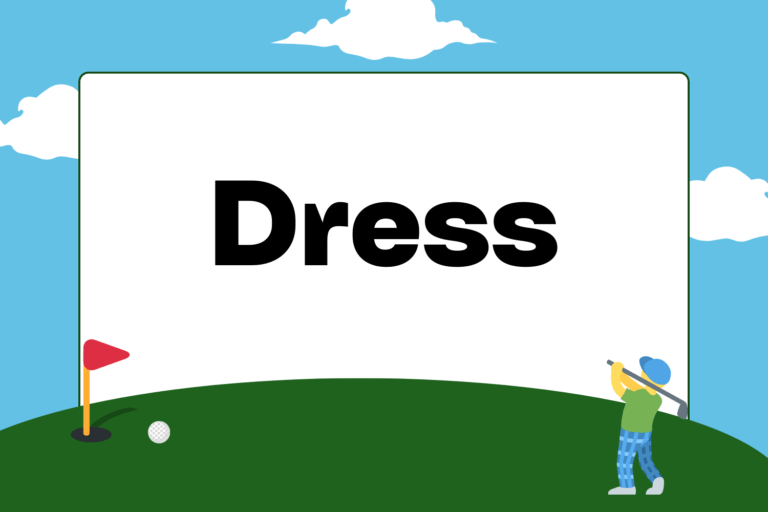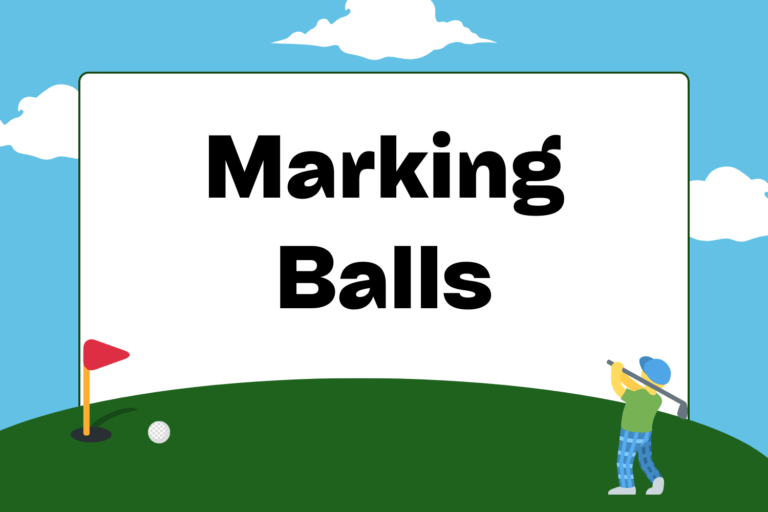There are a few different places your ball can end up if you miss the putting green on your approach shot. A really common resting place for wayward approach shots is the rough — the long grass that often surrounds the green.
If you’ve tried playing your normal short game from the rough, you’ve probably realized that the ball doesn’t come out the same way. So in order to knock it close, there are certain changes you’ve got to make when chipping and pitching from the rough.
General Tips
Although “the rough” is used as a blanket term to define the long grass that comes into play around the fairways and greens, it doesn’t mean that it’s the same every time you’re in it. Different types of grass act differently, and your ball can be in very different situations in the rough: Buried deep, sitting up nicely, or nestled somewhere in between.
But, there are some general tips you should keep in mind when playing any shot from the rough. Here are a few of the most important:
Hold on:
Whenever you’re playing a shot from thick rough, your clubhead will sometimes get held up during contact. To make sure that your clubface stays on line through impact, it’s important to take a slightly firmer grip on the club.
Expect less backspin:
When you chip or pitch from the fairway, the solid contact you make usually creates a fair amount of backspin on the ball. This causes the ball to hit the green and slow down pretty soon thereafter. From the rough, however, the amount of grass that comes between the clubface and the ball makes it more difficult to generate backspin. Because of that, aim for a landing spot that gives your ball enough room to roll forward to the pin.
Commit to the shot:
Without a committed swing all the way through impact, there’s no way you can get the results you want out of the rough. Once you’ve chosen the type of shot you want, execute it with confidence. Of course, confidence comes with practice.
Ball Sitting Down
If your ball heads into the rough, there’s a fair chance you’ll end up with a less-than-desirable lie. Usually, a bad lie in the rough means your ball has settled deep into the grass. Sometimes, you may only see the top of the ball, depending on how bad it is.
Keeping in mind the general tips on hitting from the rough, here are some additional pointers to get your ball out as cleanly as possible when it’s sitting down in the thick stuff:
Shift your weight forward:
When the ball is deep in the rough, shift your weight to your front side (your left side, if you’re right-handed). This will give your chip or pitch shot a steeper angle of attack, sending the ball out at a higher trajectory.
Open your clubface for shots that need to fly:
If you’re pitching over a sand trap or a water hazard that’s between your ball and the green, open your clubface as much as you can. Remember to keep your weight forward throughout the swing. By doing this, you’ll see your buried ball pop out and land as softly as it can out of that sort of lie.
Keep your clubface square for shots that need to roll:
In contrast to the previous tip, if there’s nothing between your ball and the green, and the pin is at the back of the green, get your ball rolling as quickly as possible. Do this by keeping your clubface square at setup and punching the ball out.
Ball Sitting Up
If you’re lucky, your ball will settle at the top of the grass in the rough. This is known as “sitting up.” If that’s the case, there are certain changes you can make to your pitch or chip technique that will help you get the ball out of the rough and onto the green. Here are some important tips:
Keep your weight centered:
You don’t want to shift your weight forward when hitting a ball that’s sitting up in the rough because your club will go right underneath the ball. Instead, center your weight so that the motion of your swing is more of a sweeping motion.
Don’t open your clubface too much:
When the ball is sitting up in the rough, opening your clubface too much can cause you to slide underneath the ball and miss it. Since the ball is essentially teed up in this lie, you’ll naturally get the loft you’re looking for, even if your clubface is a bit less open than you’d normally have it for a flop/lob shot.
Choke up on the club:
Don’t dig deeper than you have to. If the ball is sitting up, take advantage of it. An easy mistake is to dive at the ball and get the club deeper into the grass than it needs to be. That’s a good way to flub the shot. Choking up and shortening the club’s length lets you get to the ball as cleanly as possible.
Practice from the Rough
One of the main reasons people struggle from the rough is because they only practice shots from good lies. The next time you’re chipping and pitching at the short game facility, spend some time hitting out of the rough. Hit some balls from “sitting up” lies and some that you’ve stepped on to bury. You can’t control a ball from the rough as well as you can from the fairway, but with more practice, you’ll be better prepared for what to expect.





